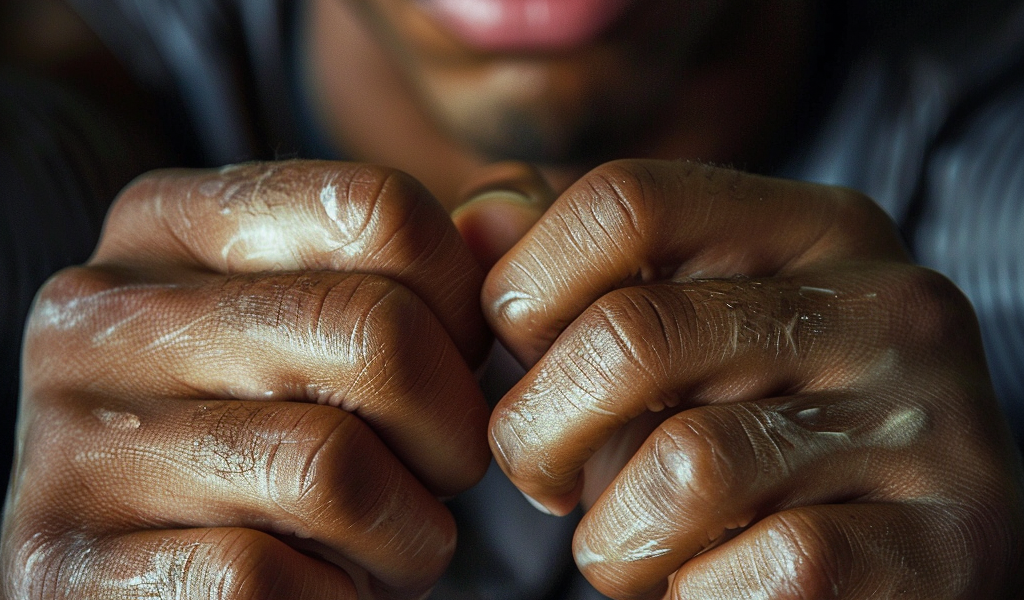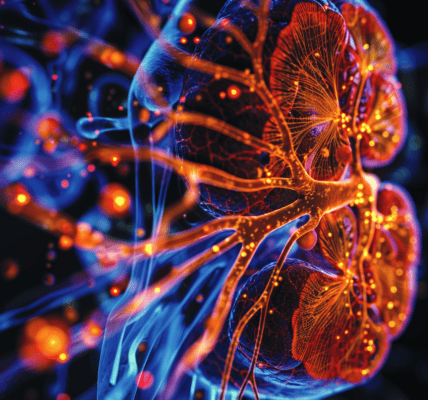A recent study conducted by Swansea University has found a link between finger length ratio and oxygen metabolism efficiency in athletes. The research, published in the American Journal of Human Biology, sheds light on the correlation between the length of a person’s index and ring fingers, known as the 2D:4D ratio, and its impact on oxygen metabolism.
The study, led by Professor John Manning and his colleagues, analyzed 133 professional football players, measuring their digit lengths from hand scans and conducting an incremental cardiopulmonary test to exhaustion on a treadmill. The findings revealed that players with long ring digits relative to their index digits exhibited efficient oxygen metabolism, enabling them to achieve high maximal oxygen consumption during the test.
According to Professor Manning, the length of the ring digits relative to index digits is believed to be indicative of high testosterone levels in the womb, which in turn influences oxygen metabolism through its effects on the energy producers (mitochondria) within cells. This association between finger length ratio and oxygen metabolism has also been observed in distance running, heart disease, and Covid-19, where long 4D is linked to low severity of the disease.
The study emphasizes the value of utilizing healthy well-trained athletes to elucidate metabolic processes that are crucial in disease outcomes. The team suggests that further research is required to quantify these associations in women, as the current study focused on professional male football players.
Professor Manning’s previous research has also highlighted the potential of differences in finger length between a person’s left and right hand in providing vital information regarding outcomes from contracting Covid-19. This latest study adds to the growing body of evidence supporting the significance of finger length ratio in understanding physiological processes and disease outcomes.
The findings from this study contribute to our understanding of the role of finger length ratio in oxygen metabolism efficiency, with potential implications for disease severity and athletic performance. As research in this area continues, it may offer valuable insights into the physiological mechanisms underlying various health conditions and performance capabilities.
Source: Swansea University
Journal reference: Parpa, K., et al. (2024). The associations between digit ratio (2D:4D and right – left 2D:4D), maximal oxygen consumption and ventilatory thresholds in professional male football players. American Journal of Human Biology. doi.org/10.1002/ajhb.24047.





